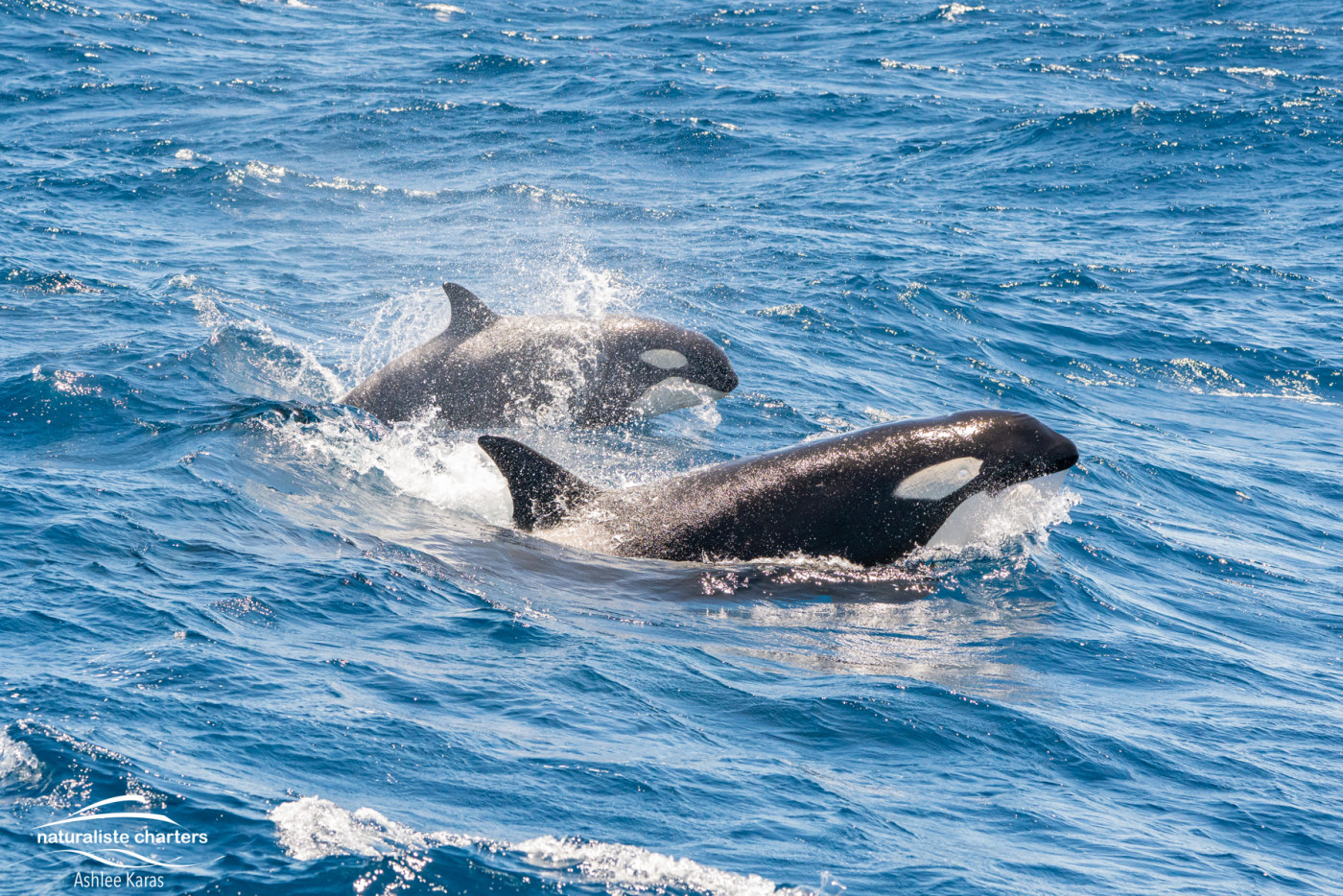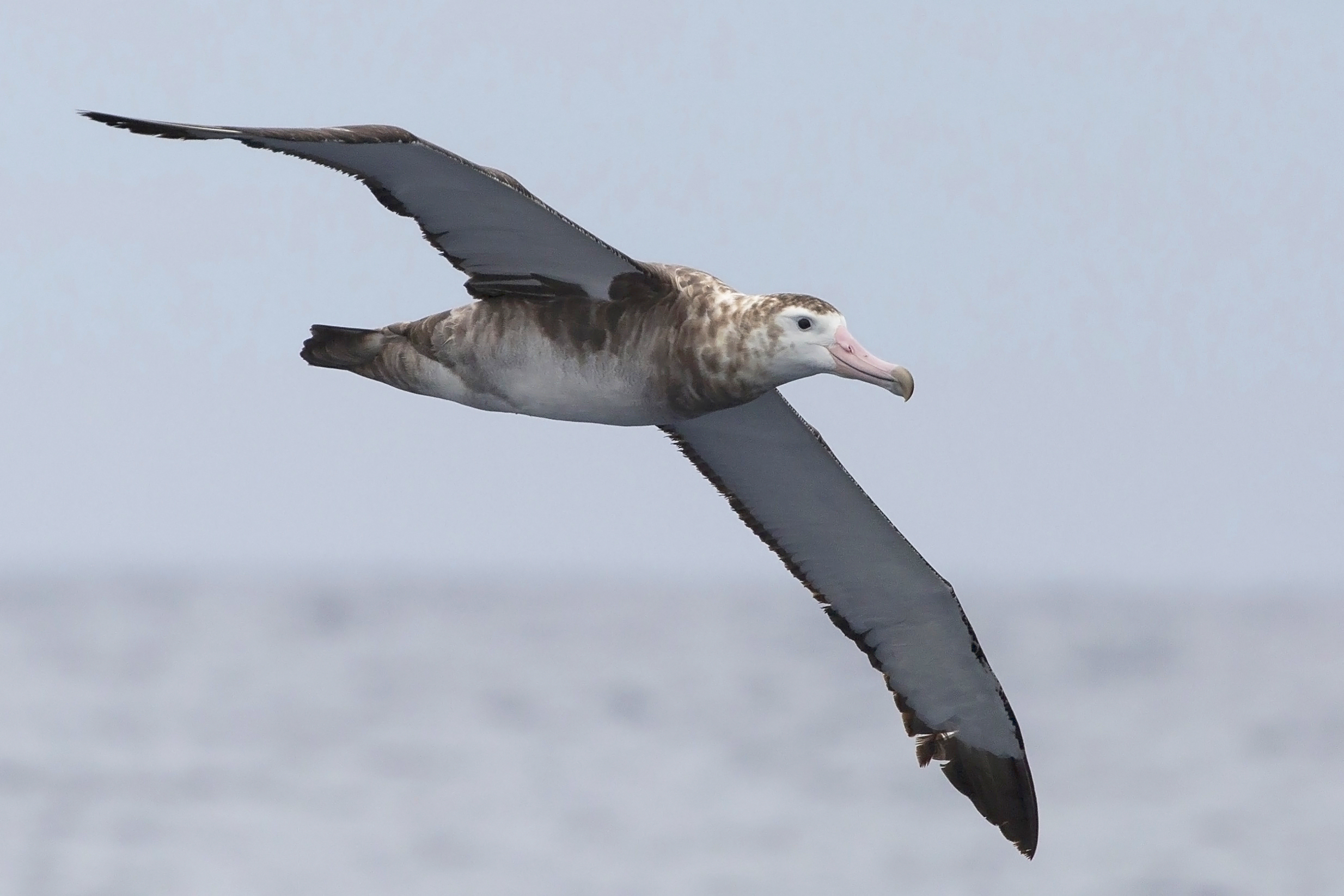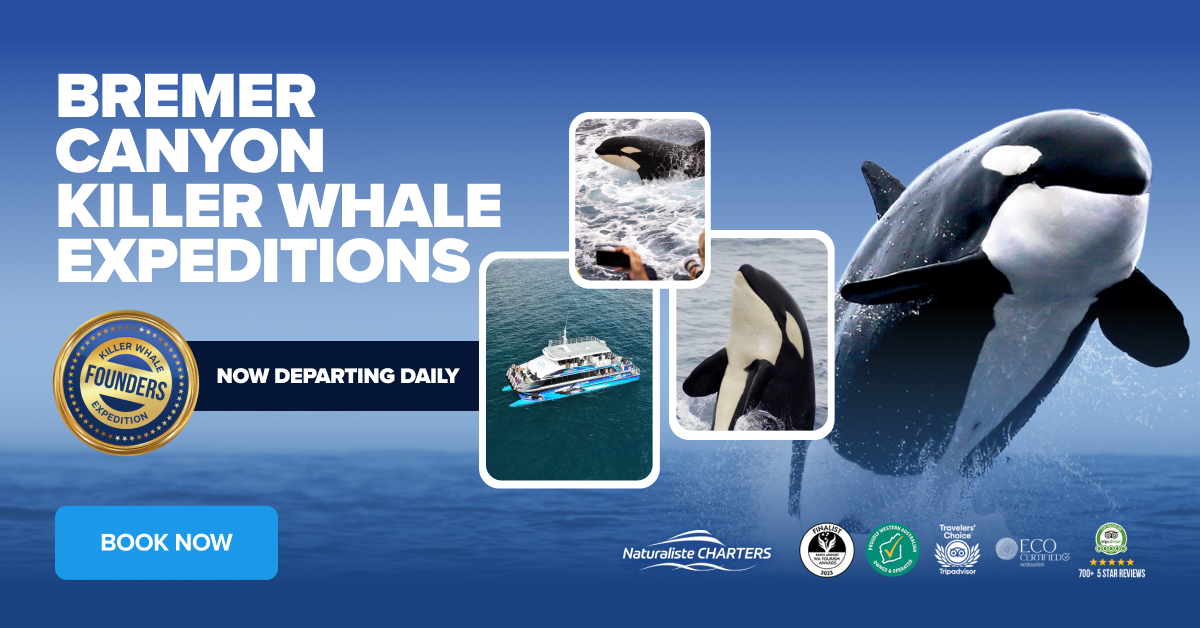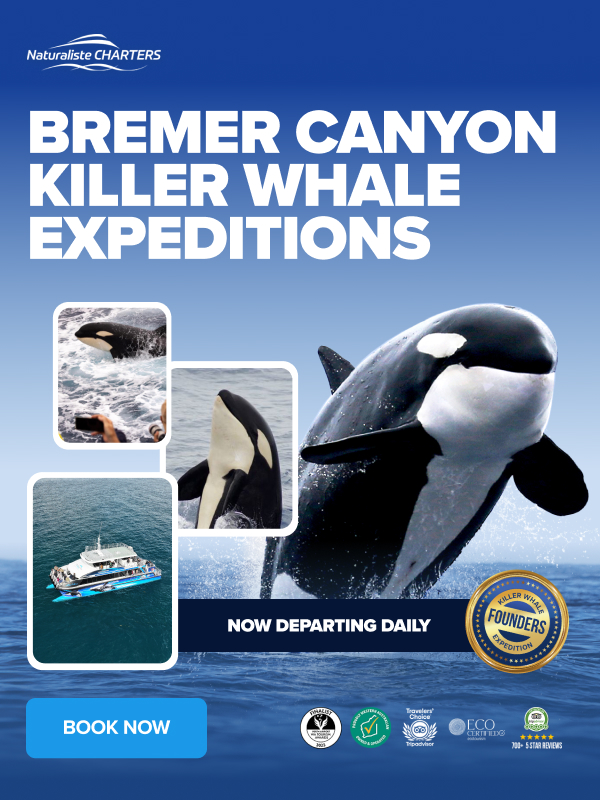Communication is a fundamental aspect of an animal’s life. To be able to communicate could be the difference between life and death. For whales and dolphins who spend almost 85% of their life underwater where it is fairly dark, they heavily rely on sound for survival. Sound transmission can be used to find each other, warn of predators, find a mate, teach offspring how to live, inform others of their intentions, hunting and any other form of cooperation. Let’s delve further into how can whales communicate!
In whales and dolphins, words are not used but instead a series of long low sounds or clicks, whistles and pulsed sounds. It is still a slight mystery to scientists on how exactly sound is made but it is believed to originate from the larynx (voice box). One particular whale – the humpback, will combine these, creating a song or melody! The male humpbacks will sing to a prospective female in the hopes he can seduce her and then mate!
No ears, no worries:
For animals that heavily rely on sound, it is interesting to note they do not have any external ears! How can whales communicate without any ears?! The anatomy is all internal and for each species is slightly different. Mainly the soft fatty tissue and the lower jaw bone act as the whale’s ear. Just like humans, they still have a middle and inner ear to translate and amplify the noise into a neural impulse for sound to be understood.
Cultures and accents:
Each species of whale will use a different frequency and also have different sensitivities at these levels. The different social groups and families of the same species will also sound a little bit different with accents! This can be observed in Sperm Whale populations where family groups differ acoustically. Another example is the Humpback whale. Each male’s ‘song’ will differ from the last with physical differences between whales. It will also change slightly over time as preference by females skews to the more desirable sounding whale.
Faster than the speed of sound:
Underwater sound will travel up to 4.5 times faster than it does in air! Our ears aren’t adapted to this, so we have a hard time understanding the direction the sound came in.
We know whales swim in the ocean waves but what type of waves do they use to communicate? Well you guessed it! They use sound waves. Where vibration causes energy to disperse across a medium such as water until it hits an object such as your ear!
Humans can communicate with 8 octaves and on a frequency of 50 -16,000 hertz. Comparatively, whales and dolphins not only communicate with more octaves, being 12, but also a broader range being 16 -200,000 hertz!!
Ultrasonic Hearing:
This type of communication is known as Ultrasonic and Infrasonic. Ultra being more than 20,000 hertz and infrasonic being below 20 hertz. Technically speaking, whales have superpowers – super sonic hearing!

How far can whales communicate?
To understand this we need to separate our whales into two groups; Baleen and Toothed. Baleen make up most of the large whales, they do not have teeth, only plates of baleen. For example Blue whales, Humpbacks and Minke whales. They have long, very low frequency calls (long wavelengths) which can travel for thousands of meters, maybe even kilometres. Imagine trying to shout to your friend over a kilometre away! The blue whale has the lowest call. It is currently being researched that the call is becoming lower due to the presence of low frequency ship noise in our oceans. At the same frequency, the louder (boat) sound will mask the whales. This results in the whales adjusting to still be heard by one another.
The toothed whales may have teeth but they still lack external ears. For example, Sperm Whales, dolphins and Killer Whales. They use short, high pitched clicks and whistles. This sound will not travel as far but can be used to send a lot of messages very quickly which is how whales can communicate. A large pod of Pilot Whales all chattering away can be very entertaining to listen to!
What is the furthest sound can travel underwater?
Sound ripples through water just like waves do. At the source, they are loud but the further away, the quieter they become. There is a very unique section of the ocean in which sound can travel extremely long distances. It is called the SOFAR channel. Baleen whales and their low frequency calls are the main animal to utilise this. It is an area where the warm water on the surface does not mix with the cold sub sea water below creating a thermocline. The sudden drop in temperature combined with increasing pressure (due to depth) means the wavelength will bounce up and down along this channel. Baleen whales can “chat” with other migrating whales who are almost continents apart.
Can you hear a whale underwater?
Of course! As long as that whale’s call is within our hearing range. The most common whale we will hear is the Humpback. During their migration they sing and this can be heard from one whale for up to 30 minutes. A very beautiful melody which is widely known. We can also hear dolphin “squeaks” very clearly from a close distance. Although we don’t know what they are saying, it can be very exciting to hear whales and dolphins!
So you now know how whales communicate and what type of waves they use to communicate, it is time to go listen for yourself! An amazing, diverse collection of whale and dolphins sounds can be found online here: https://dosits.org/galleries/audio-gallery/marine-mammals/.
Alternatively you can visit whales in the wild and listen to their communication on a hydrophone. Many whale watching companies have a hydrophone onboard to listen to whales and dolphins close up. Remember not all whales can be heard by our human ears!
Join us in Bremer Bay!
In Western Australia, there is a pocket in the south where many different types of whales can be found. An hour and a half offshore of Bremer Bay lays a deep sea canyon system which hosts sperm whales, killer whales, pilot whales, false killer whales and so much more! Naturaliste Charters invite you to come aboard for a full day expedition and see whales and dolphins up close and personal. With super pods of over a thousand dolphins circling the pioneers of these tours, you can hear them squeaking and whistling from the surface! You can view more information about Whale watching in Bremer Bay or book directly here





